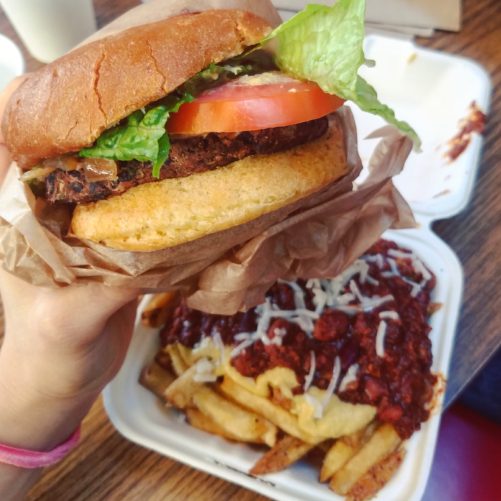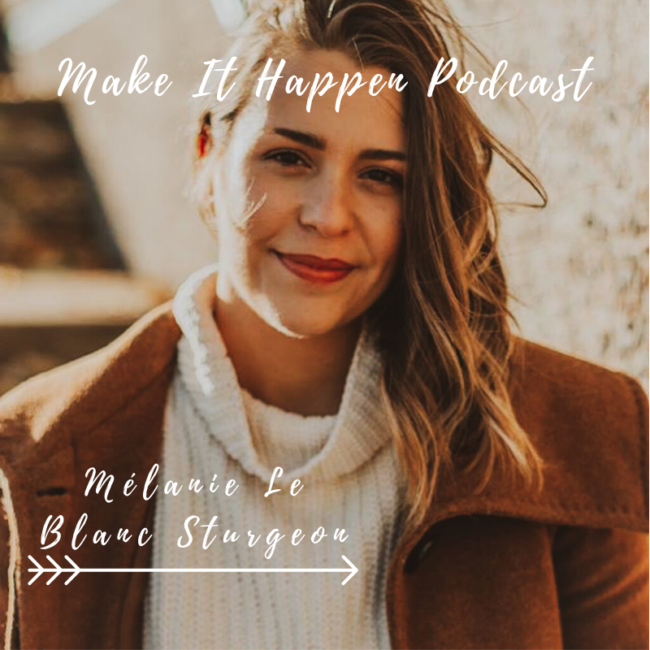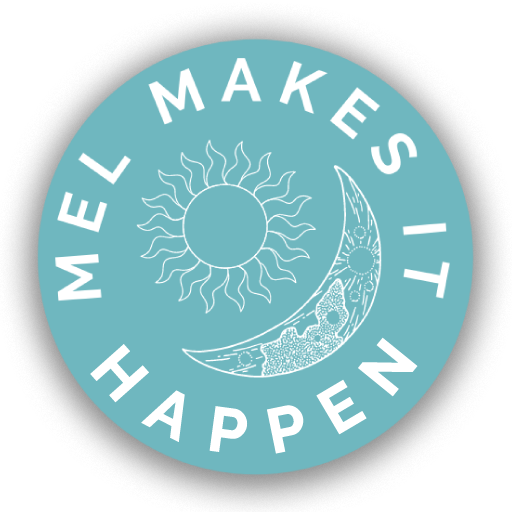Over the past three years, I’ve opened up to the reality that many behaviors I thought were healthy are quite the opposite. I’ve talked about this before on the blog but I thought it was worth coming back to so that we can explore what happens after becoming aware of disordered eating behaviors.
The thing I wasn’t prepared for was the way the disordered eating mindset and behaviors transcend over time.
*Before we go any further, I want to lead with the disclaimer that I am not a licensed therapist or clinical psychologist so everything that I talk about here on this blog is purely anecdotal. I always encourage doing your own research and seeking professional help when in doubt.*
For anyone not coming from a disordered eating background, the thought you have might be: why would anyone want to put so many restrictions around food and how to eat? To put the answer plainly: any form of disordered eating is done as a method to obtain control.
It can occur when triggering things occur outside of you, or with other aspects of your life, and you turn to food because that can be controlled. Believe it or not, disordered eating has very little to do with the cliched media perpetuation of a teenager just becoming concerned with their body image. When our bodies grow and change, that can concern but it has more to do with the ideas ingrained in us about what the size of our bodies means and what restricting our food intake can offer us.

[You may also be interested in: Food Anxieties: the way emotional eating patterns are not serving you]
Anyone can be a victim to diet culture mentality but if you have disordered eating habits running your life, then that’s how life starts to feel depressing.
My disordered eating habits offered me:
Structure
Rules
Systems
Meal plans or guidelines
Community
Most importantly: control
Yet, if restricting food offered me control, letting go of the rules gave me freedom.
Freedom from disordered eating, in my eyes, involves:
- No guilt
- Patience
- Ease
- More time
- Connection
- Gratitude
- Peaceful surrender
I’ve seen some others on Instagram talk about finding food freedom post-ED (eating disorder) life and now being able to enjoy eating all the foods they never thought they could eat before. Usually they have a pretty, sparkly photo of them standing in an empowered pose or at a restaurant, smiling with their plate of food. It’s a really cool motivational clip from the film reel of their life. Naively, I thought that all it took was eating one of my “forbidden foods” and I’d be healed! That would allow me to renounce my restrictive ways, pass go, collect $200, and be off taking photos of myself smiling in a bikini and biting into a huge burger. I’m not making this stuff up; these are actual photos I’ve seen on Instagram!
Really, though, recovering isn’t just one moment. It is days and weeks and months of re-framing your beliefs about food.
I’m still very much in that process. I had been restricting for a long while but I finally opened up to the desire to surrender to the needs of my body. I was ready for peace to set in because I truly wanted to ditch the diet culture and all of their groupies. What did this miraculous moment look like?
So I first inched into this “freedom” territory by allowing myself as much healthy food as I wanted to eat. If I eat nothing but nutrient-rich food so why measure out my servings of quinoa, right? Right but also wrong. I was still organizing food into categories as if there is good and bad food. This had to stop if I was ever really going to find food freedom.
Remember the days and weeks and months I mentioned? Yeah, insert those here! I took time to work through my beliefs and ask myself why I valued certain foods above others. Then, I was able to conclude that I needed to also allow myself to eat foods that weren’t traditionally “healthy” in my book.
The true healing happens when you are willing to rebel against what you think you know. Only then are you able to see the expansiveness of the other side–of freedom.
Something I wasn’t prepared for in recovery was the amount of food I would want to eat.
It’s almost as if my body wanted to make up for all of the time I spent holding back on food. I had restricted myself, not just by omitting certain foods but, by labeling foods as good or bad. So, once I decided not to label food, I kind of just wanted to eat everything…and as fun as it sounds in theory, it was very uncomfortable to deal with.
I felt excited to have food freedom but, still, in the back of my mind, I couldn’t help but wonder: what will happen to my body?

If you like this content, also check out the episode of the Make It Happen Podcast: Living A Bigger Fuller Life with Melanie Le Blanc Sturgeon.
I think our bodies are beautiful systems that know what to do naturally. Just the same way we see a cut on our finger bleeds but, given a few hours, slowly starts to seal and heal on its own–so, too, can our bodies. Many processes are occurring inside of our bodies at any given moment. There are processes that help keep oxygen coming into our lungs, blood flowing through our veins, and our brains able to interpret this writing on a screen as information you can understand.
When we go too long without eating, our bodies seek an equilibrium.
It might seem scary when you catch yourself grabbing seconds, eating higher-calorie foods, or finishing your restaurant plate instead of saving half to take home. Where is the Disordered Eaters Recovery Squad to come be my cheer-leading team as I maneuver through so many new situations? (I don’t know if such a thing exists but if you can find a solid support group then that would be the next best thing!)
In the deprivation days, food was the enemy. During the days of uncertainty, food became a friend.
I knew I wanted to eat and I knew I had to allow that for my body to get back to a state of safety that it once knew–a balance.
Everyone’s journey looks different but, for me, this is where I thought I had healed but now realize I only shed a layer. I thought as long as I wasn’t undereating, I was fine. However, I started to turn to food for comfort. Naturally, for so long, food was a pleasure I didn’t allow myself to have. My body, now thankful to eat, also deemed food a scarcity. It’s okay to reach for food out of pleasure but I’m now getting into deeper layers and asking myself why I feel this way.
The steps everyone goes through are likely different, and so is the time frame, which I only say to discourage anyone from comparing. Our journeys are incomparable because each one of us has our own beliefs and issues and circumstances to work through.
Essentially, the purpose of me writing this post today is just to put it out there that habits don’t just die all at once. No matter what anyone says, healing comes in layers.
It wasn’t until this past year that I woke up to how much I have been relying on food. I have treated it as something greater and higher than me instead of just something to satisfy my belly and give me fuel. This is the part of my healing that I am actively working through. It’s more challenging than anything I’ve faced because it’s also something that has affected me longer than I realized. I have to remind daily myself that I am okay. I am safe. Food is delicious but it isn’t everything–and it certainly isn’t a reflection of my worth as a person. I can see that now.
I am so much more.

